DJI Avata
Two-minute review
Sensor: 1/1.17 inch CMOS
Optics: Ultra-wide FOV (155-degree), fixed focus, f/2.8 aperture
Video/max frame-rate: 4K/60fps, 2.7K/120fps, 1080/120fps
Max bit-rate: 150Mbps
Stabilization: 1-axis gimbal, RockSteady and HorizonSteady EIS
Transmission: DJI O3+
Max hover time: 18 mins
Weight: 410g
Dimensions: 142 x 94 x 55mm
When DJI delivered its first FPV (first-person view) drone in late March 2021, many in the drone community wondered how this might impact the market for these types of flying cameras.
In retrospect, the DJI FPV has been seen as a slightly flawed curiosity that bridges between the true FPV hardware that is all about flying skills and the computer-managed camera drones that DJI is famous for.
The new DJI Avata was designed to address some of the criticisms of the original design while still embracing the core objective; getting camera drone pilots out of their comfort zone and into the exhilarating world of FPV flying.
At 410g, the Avata is half the weight of its predecessor, and this smaller and more nimble design also sports a better camera. Depending on what bundle you buy, you can also get it with the latest DJI Goggles 2.
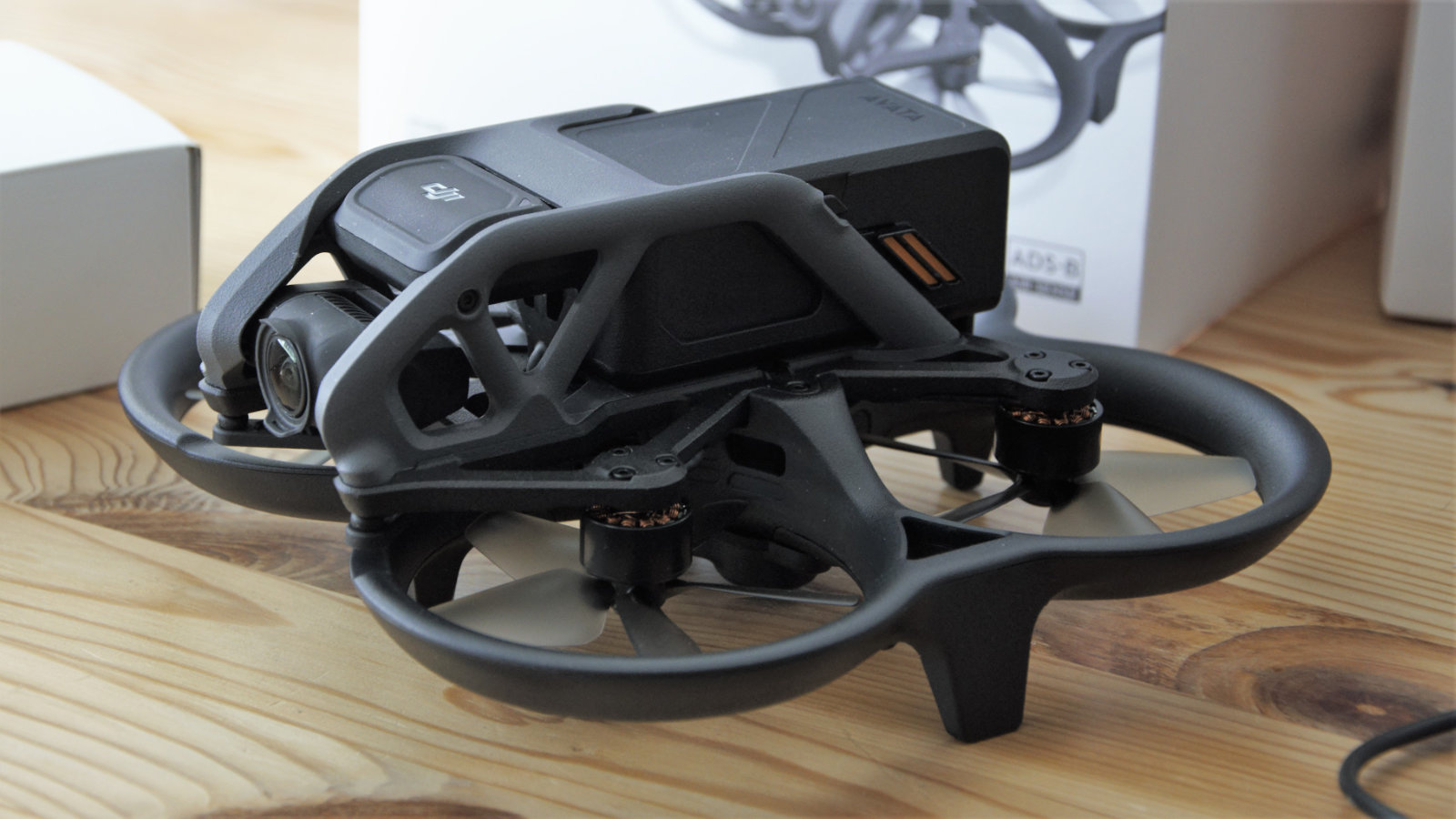
Release date and price
Design, controller and goggles
Features and flight
Video and photo quality
Should I buy it?
One slight oddity of this design is that the drone is supplied with the DJI Motion Controller and not the DJI FPV Remote Controller 2. Flying a drone using the motion controller isn’t anything that a conventional drone pilot will have experienced, as you can’t fly backwards, for example.
DJI’s view is that it provides a more intuitive and beginner-friendly starting point. Though you can fly in Normal and Sport modes using the provided DJI Motion Controller, to get the full Manual mode experience requires the DJI FPV Remote Controller 2 at additional expense.
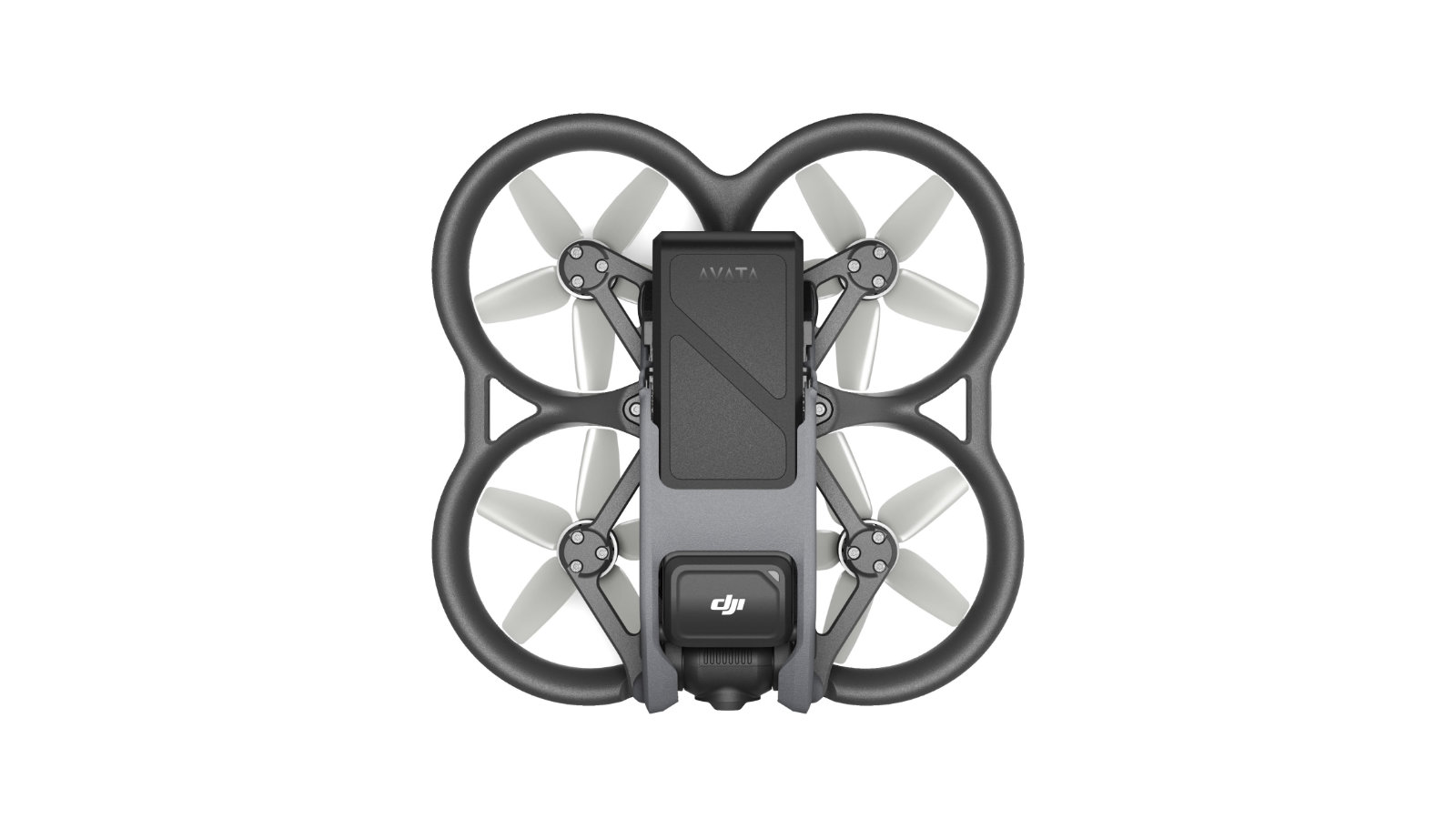
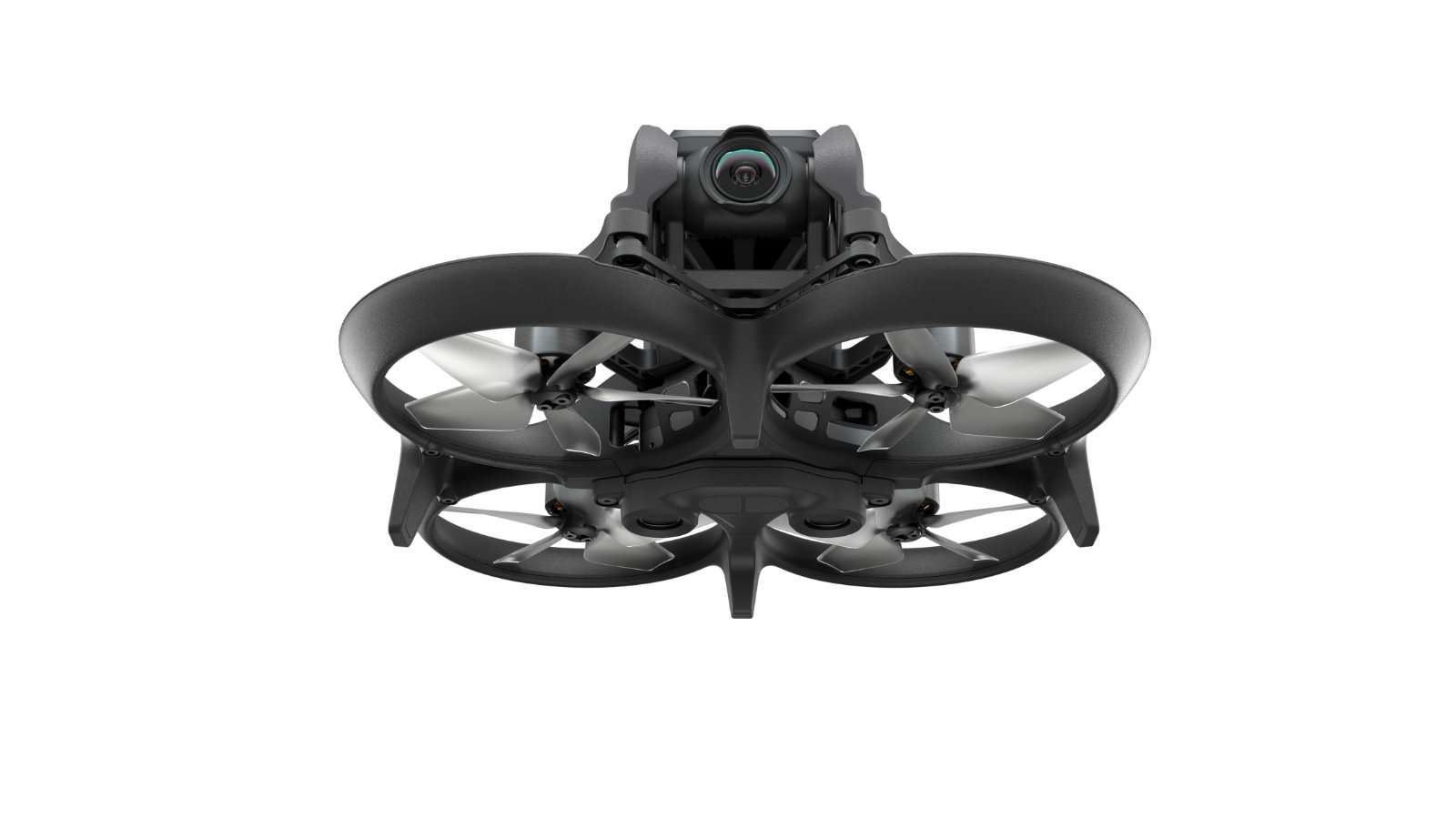
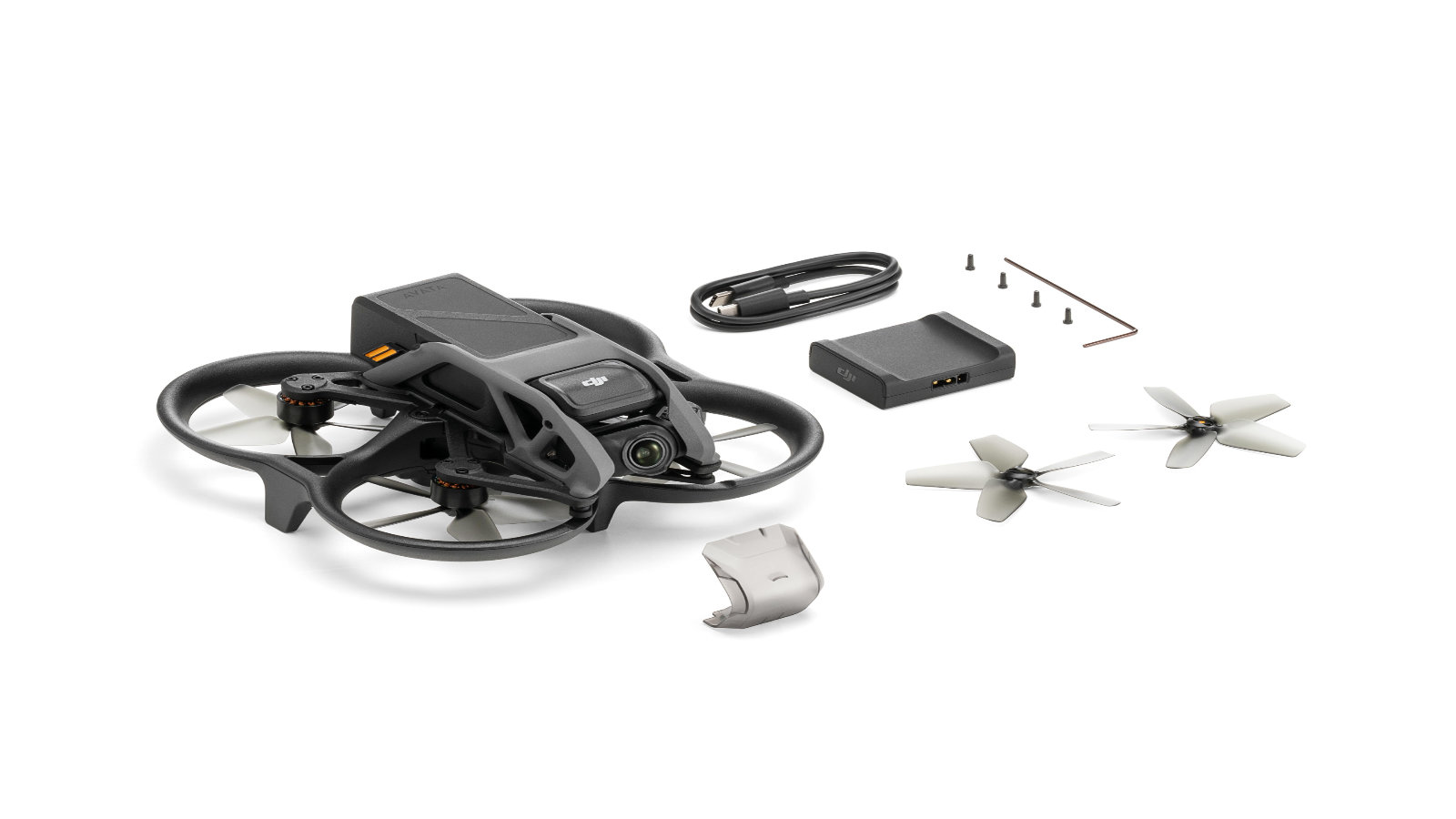
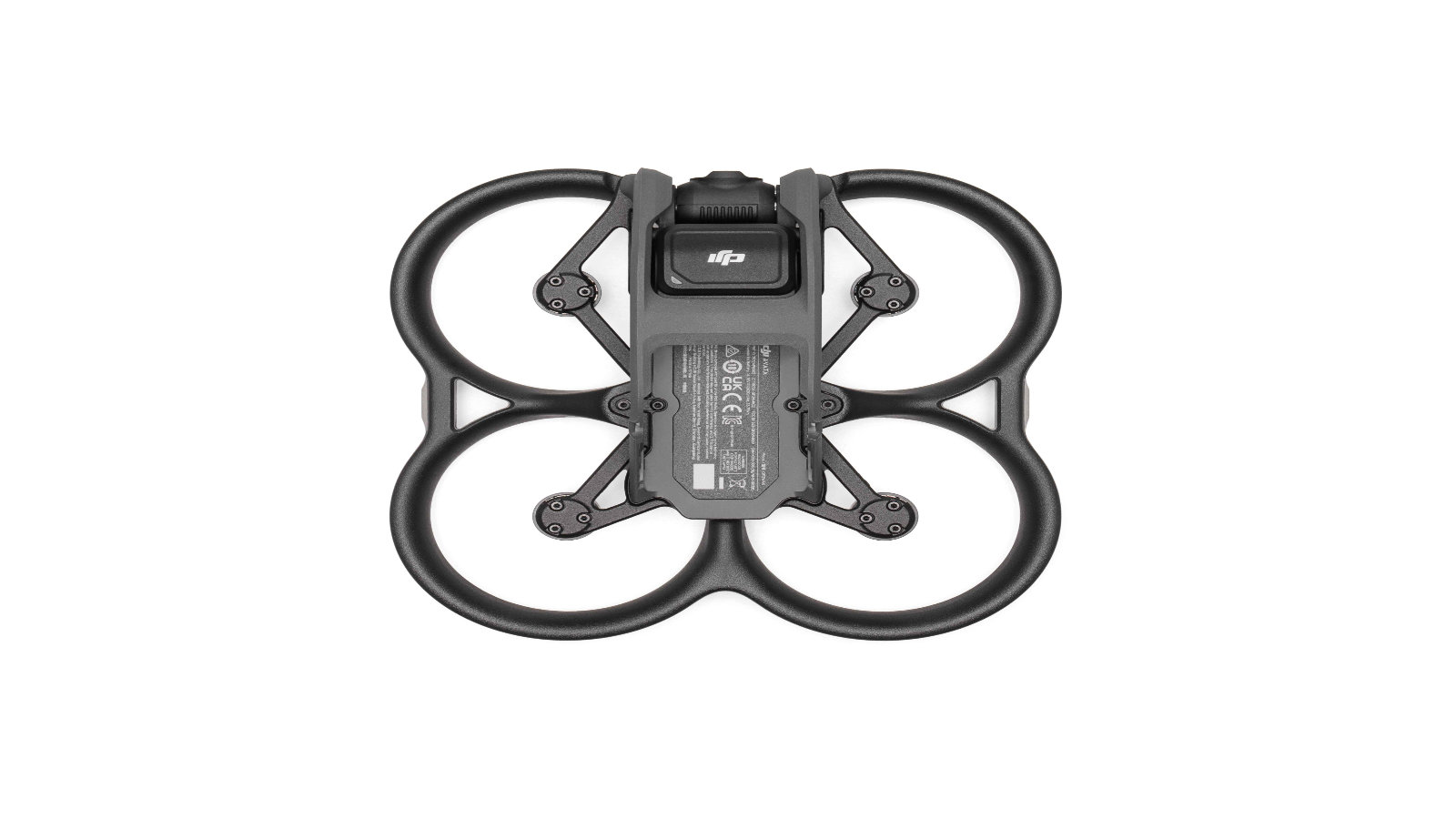
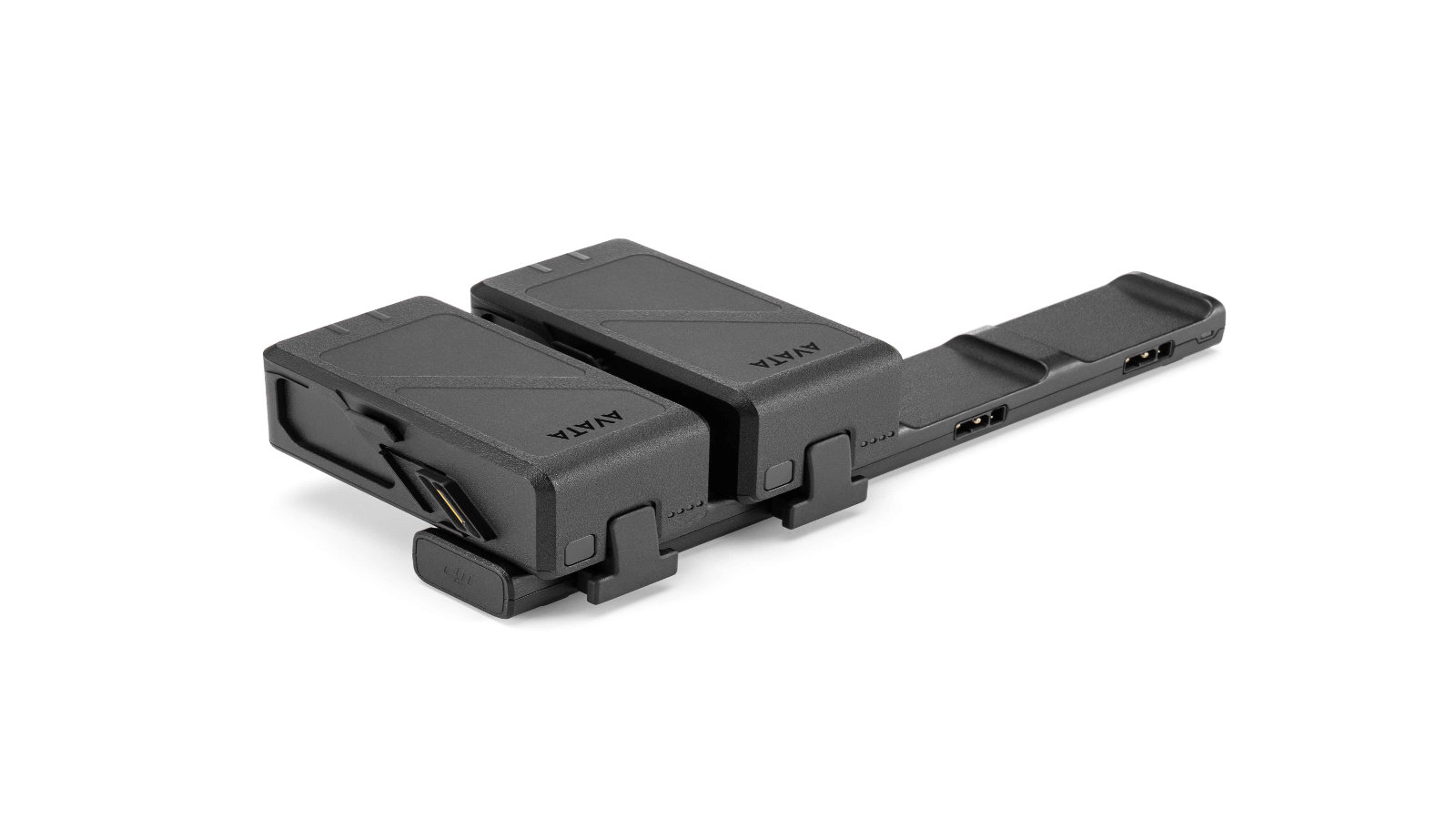
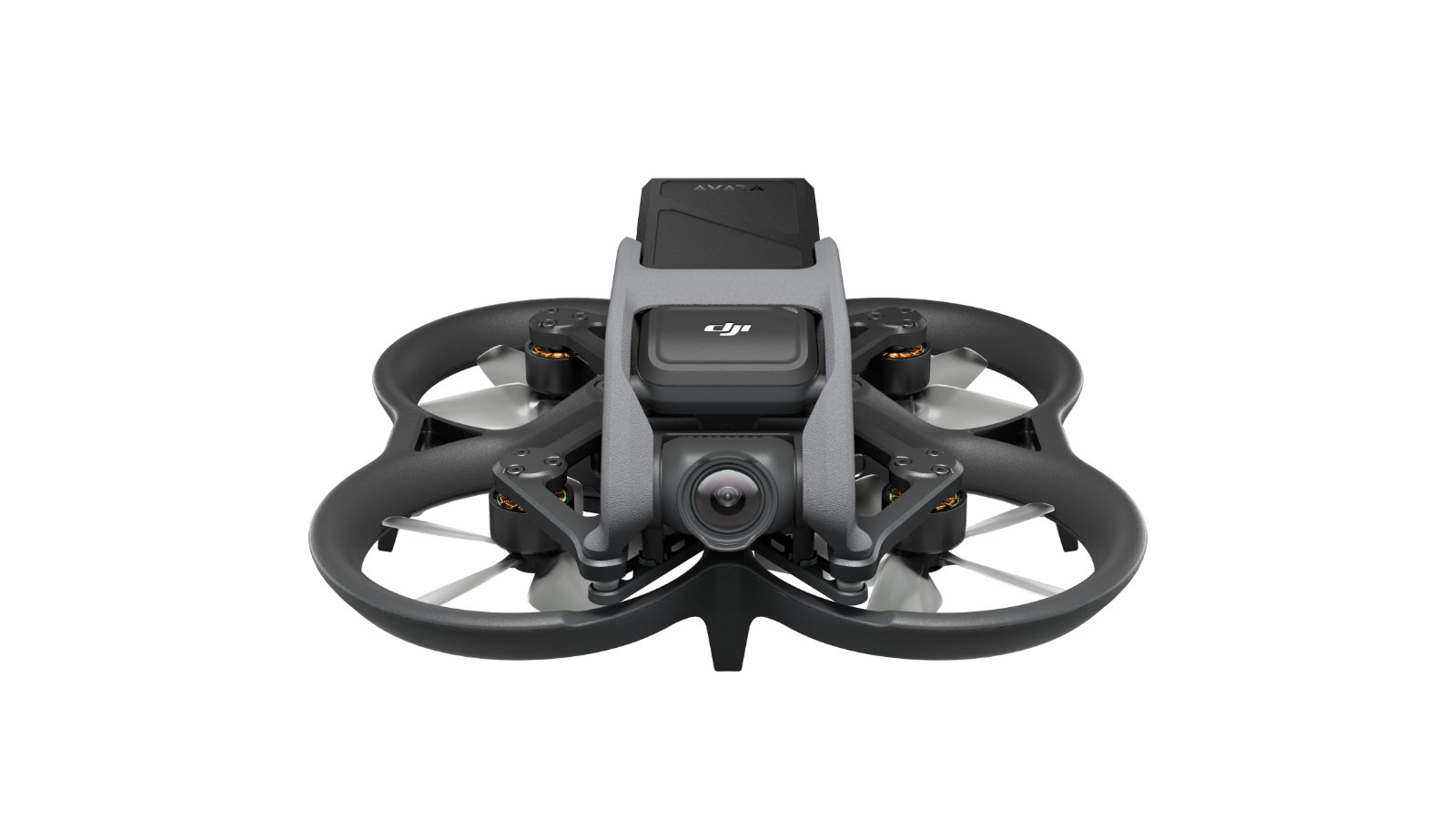
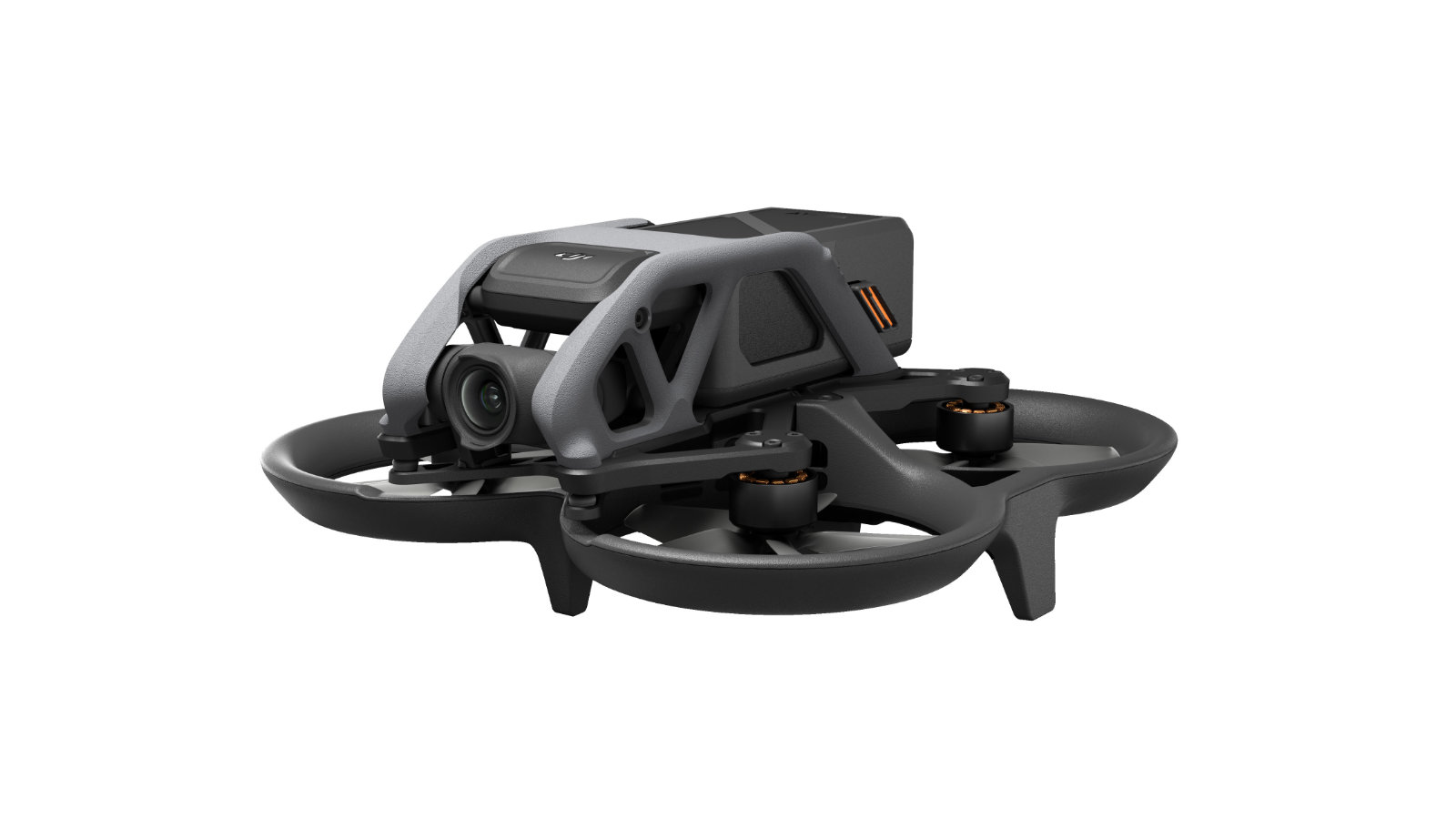
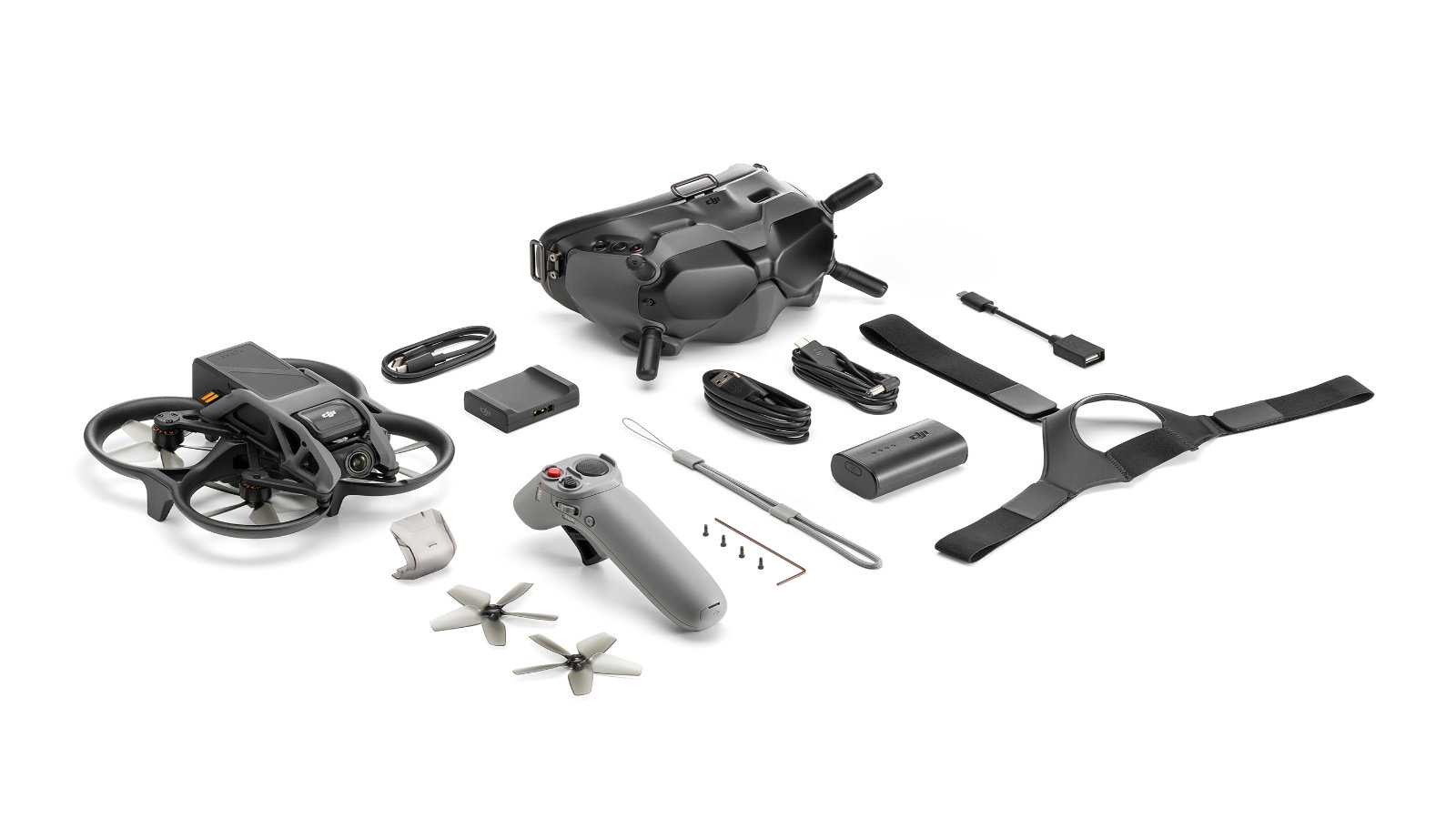
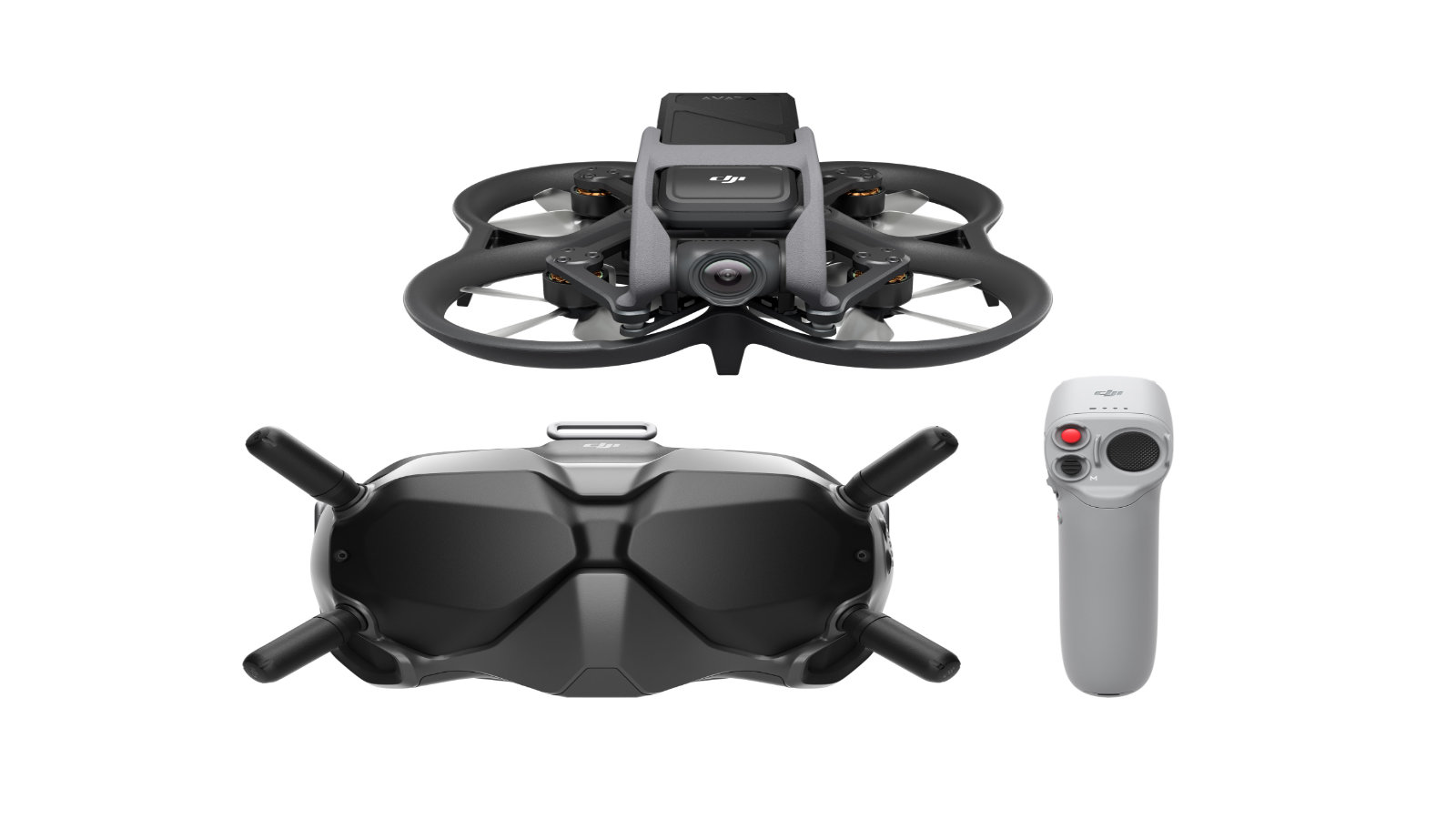
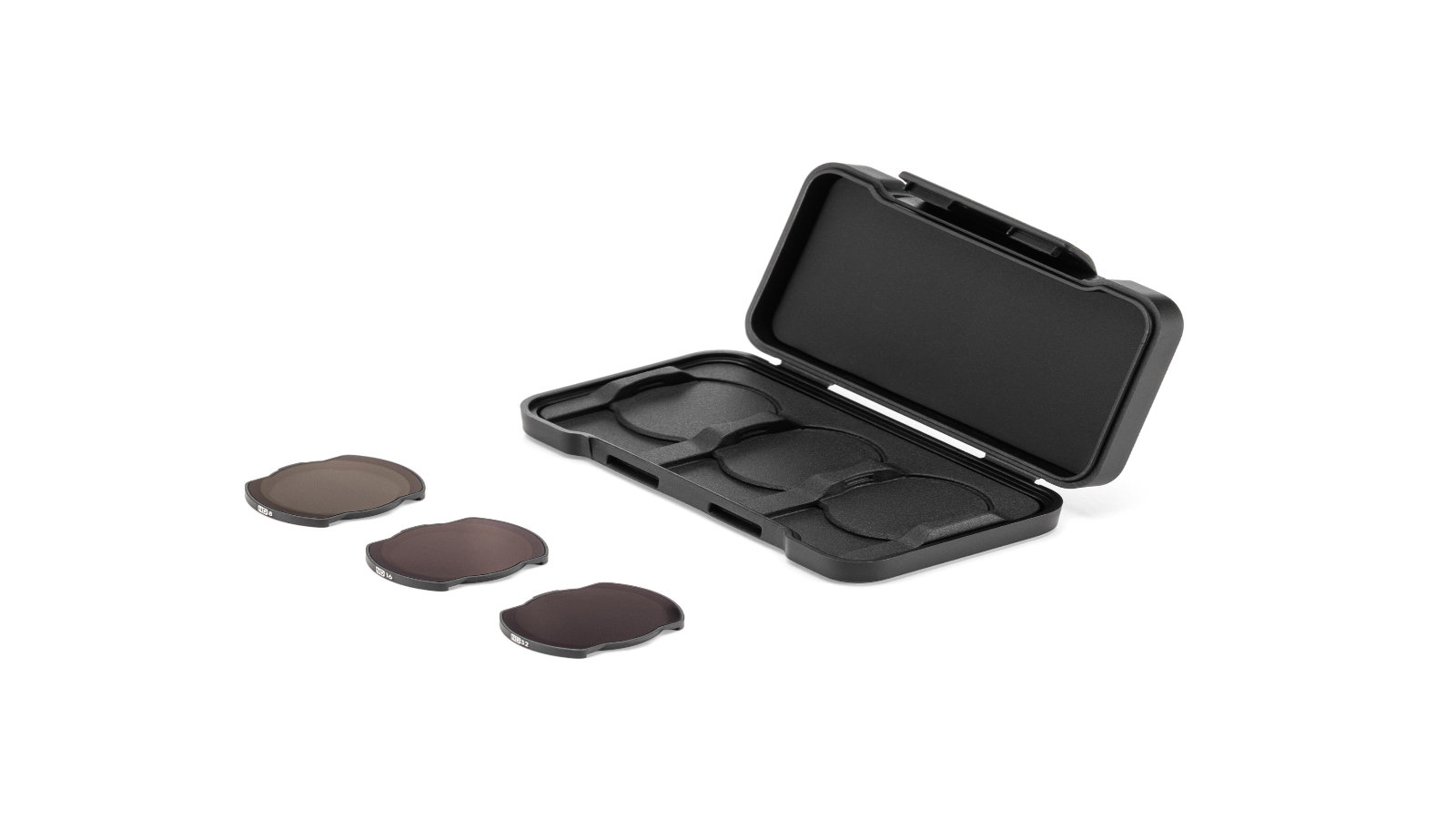
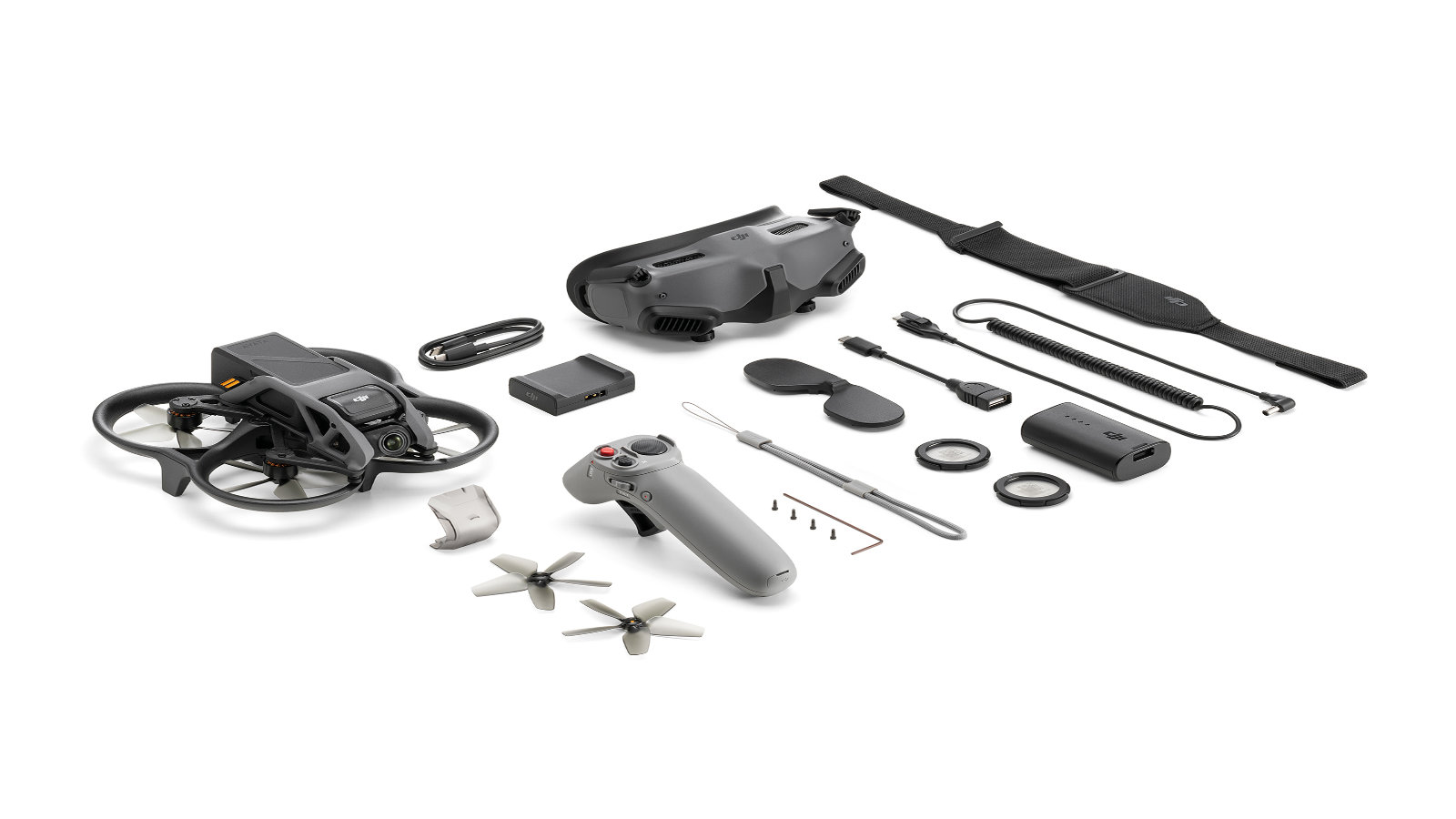
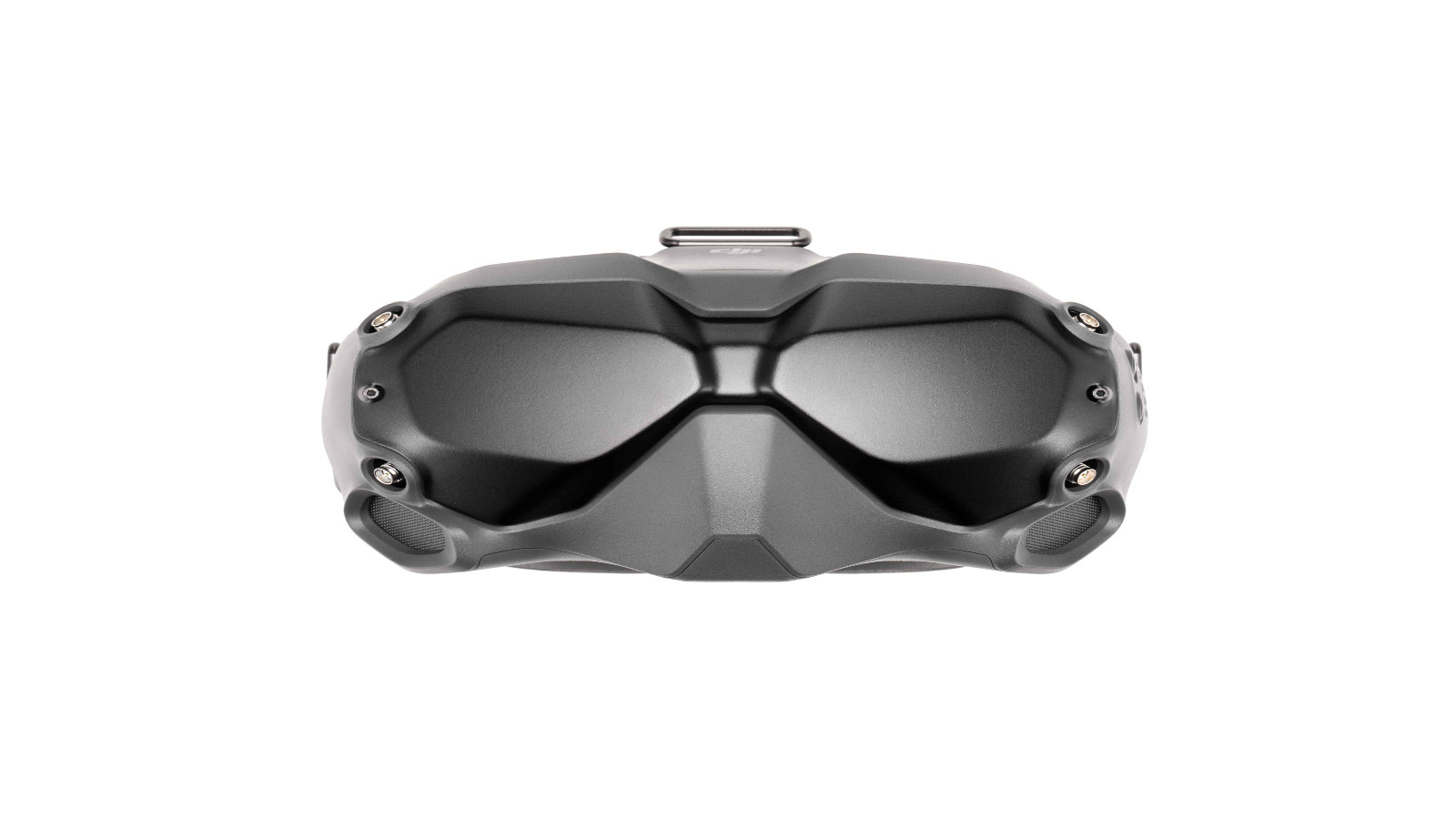
The critical issue here is that this type of flying is a major departure from flying camera drones, and not all pilots will instantly enjoy it. If you discover that FPV flying isn’t for you, then this could be a very expensive mistake.
The DJI Avata is a better considered and more sedate entry to the world of FPV flying than its predecessor, but it falls into a space between camera drones and FPV hardware that might not satisfy either objective as effectively as more dedicated solutions.
For those that don’t get motion sick and have the open spaces to let the Avata off its leash, then it can be a blast to fly, but getting this experience also comes with a significant investment.
DJI Avata release date and price
- Announced 22 August 2022
- Avata without accessories £499 / $629 / AU$799)
- Pro View Combo bundle with Goggles 2 costs £1,229 / $1,388/ €1,989
There are multiple ways to buy the DJI Avata FPV, though which of these you need depends on if you own the original FPV hardware and what Goggles you'd like to use it with.
It is possible to buy the DJI Avata on its own for £499 ($629, €579 or AU$799), and this doesn’t include Goggles or a controller, both of which you can repurpose from the original DJI FPV.
The DJI Avata Pro View Combo costs £1,229 ($1,388, €1,429 or AU$1,989) and is for those that don’t own the previous drone. It includes both the new DJI Goggles 2 and the DJI Motion Controller, and it comes with a single battery.
You can also get the DJI Avata Fly Smart Combo that comes with the older and larger Goggles V2 instead of the Goggles 2. This costs £989 ($1,168, €1,149 or AU$1,629), making this the 'budget' option for those without Goggles.
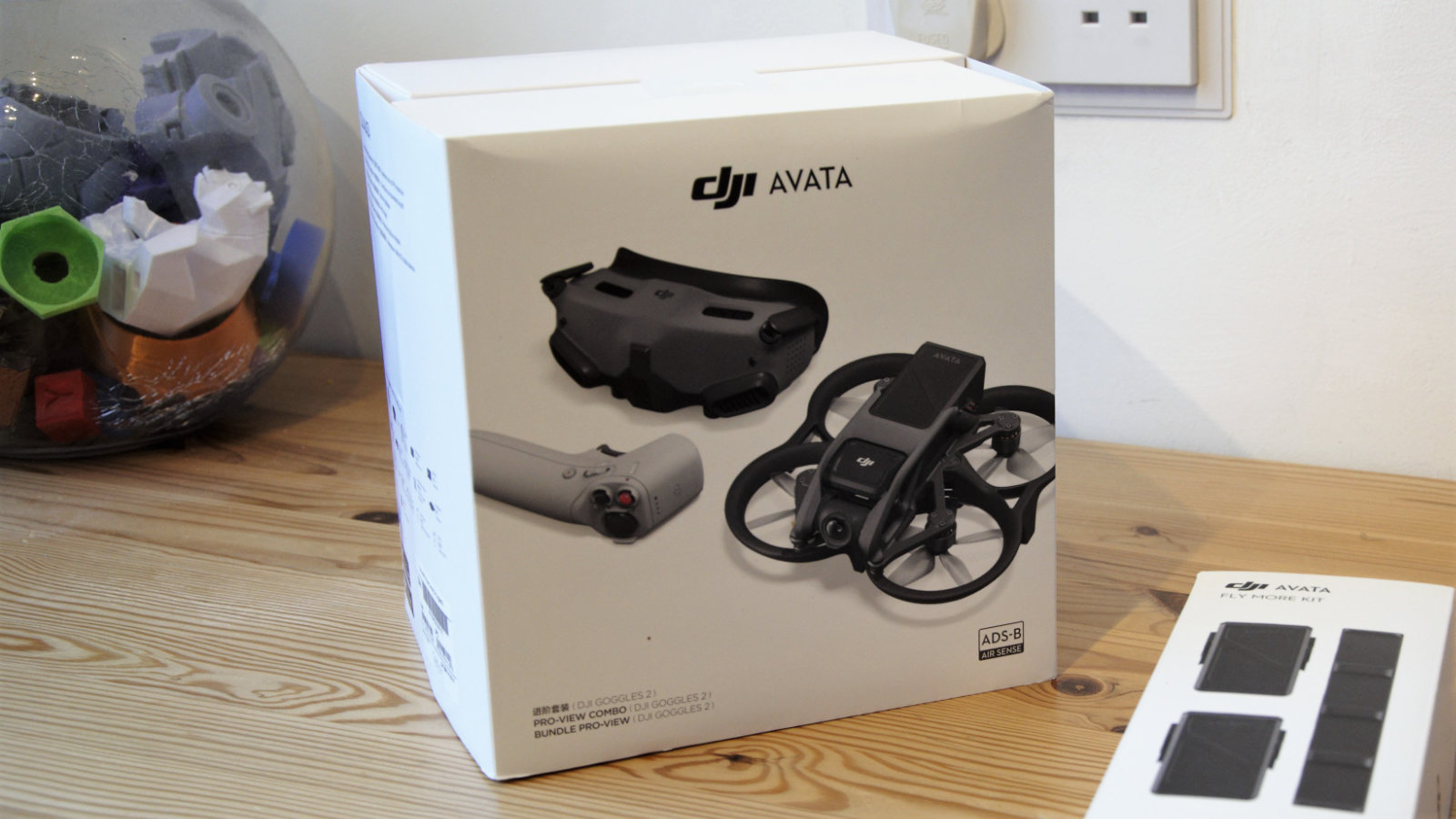
To get more flying time out of these investments you'll need the Avata Fly More Kit, which comes with a four-battery charging hub and two additional batteries, costing £215 ($279, €249 or AU$339).
That’s not a bad deal since the charging hub costs $59 / £49 and the batteries are $129 / £109 each, saving you £52 or $38 on buying them individually.
Once you have the drone, you can invest in the DJI Avata ND Filters Set (ND8/16/32) for $79 / £59, extra props for $9 / £9, a replacement Upper Frame for $19 / £19 and a replacement propeller guard for $29 / £25.
While not part of this specific launch, the DJI FPV Remote Controller 2 costs $139 / £139, and is a necessity if you wish to fly in manual mode. At launch, there is no bag or case available from DJI for the Avata, sadly.
It also doesn’t come with a USB-C charger, so you need to have one that can output at least 30W if you wish to charge the batteries rapidly.
- Price score: 3.5/5
Design, controller and headset
- Built for minor accidents
- Smaller and lighter than the DJI FPV
- Defaults to the Motion Controller
The design of the Avata is a radical departure from the original DJI FPV, as this design has no folding elements, placing its blades inside protective rings. While we haven't been able to test it to destruction, the Avata looks like it was designed to handle a few obstruction encounters without rapid and unexpected disassembly.
While we can’t confirm this currently, we’ve been told that the blade guard and main frame of the drone will be purchasable as replacements from DJI, allowing owners to replace them if they have an unfortunate accident.
The inclusion of blade rings is also a significant advantage if the drone ever hits living things, even though the 410g Avata is much lighter than the 795g DJI FPV.
Along with being lighter, the Avata is also much smaller at just 18cm square and 8cm high, enabling it to get through much narrower gaps. The front of the frame also has an angled section, which should deflect the drone down if you flip the underside of a window or other horizontal structure.
Batteries slide and lock into a cage on the rear of the drone and have a flexible connector that links the power lines to the drone. This is another feature that's clearly aimed at making the battery more likely to survive a crash and less likely to damage other parts of the drone.
The placement of the power lights on the battery is something we’ve seen on other DJI designs recently, and it makes perfect sense.

One issue that the DJI FPV suffered from was that, in certain maneuvers, it was possible to see the blade tips in your videos. On the Avata, this is still an issue, but only when the wide-angle modes are being used and the camera is pointing downwards.
It comes down to a design choice between providing an unobstructed view and putting the camera in harm's way. The way the camera nestles inside the front of the frame also reduces the possibility that crashing will bring it into contact with the obstruction unless it’s something like a projecting branch.
Beneath the Avata are two downward-looking sensors for accurately calculating the distance from the ground using binocular vision to build a ToF (time of flight) map of the ground beneath the drone.
What the Avata does lack, compared the DJI FPV, are any forward-facing sensors. This means the Avata only has ground-detecting sensors that are only active in Normal and Sport modes, but not Manual.
Overall, the design of the Avata is excellent, other than one truly bad choice – the placement of the USB-C port and microSD card slot.
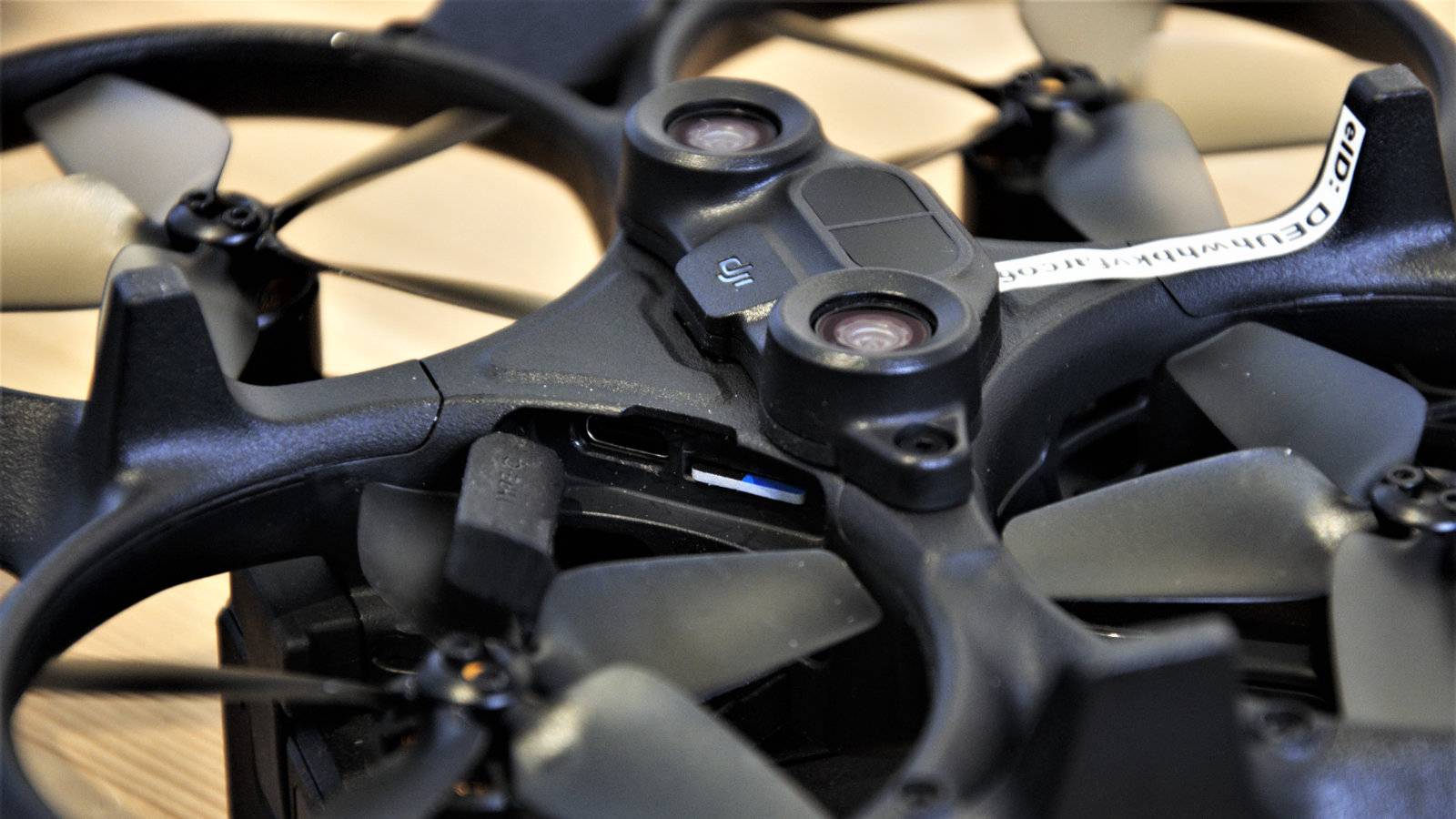
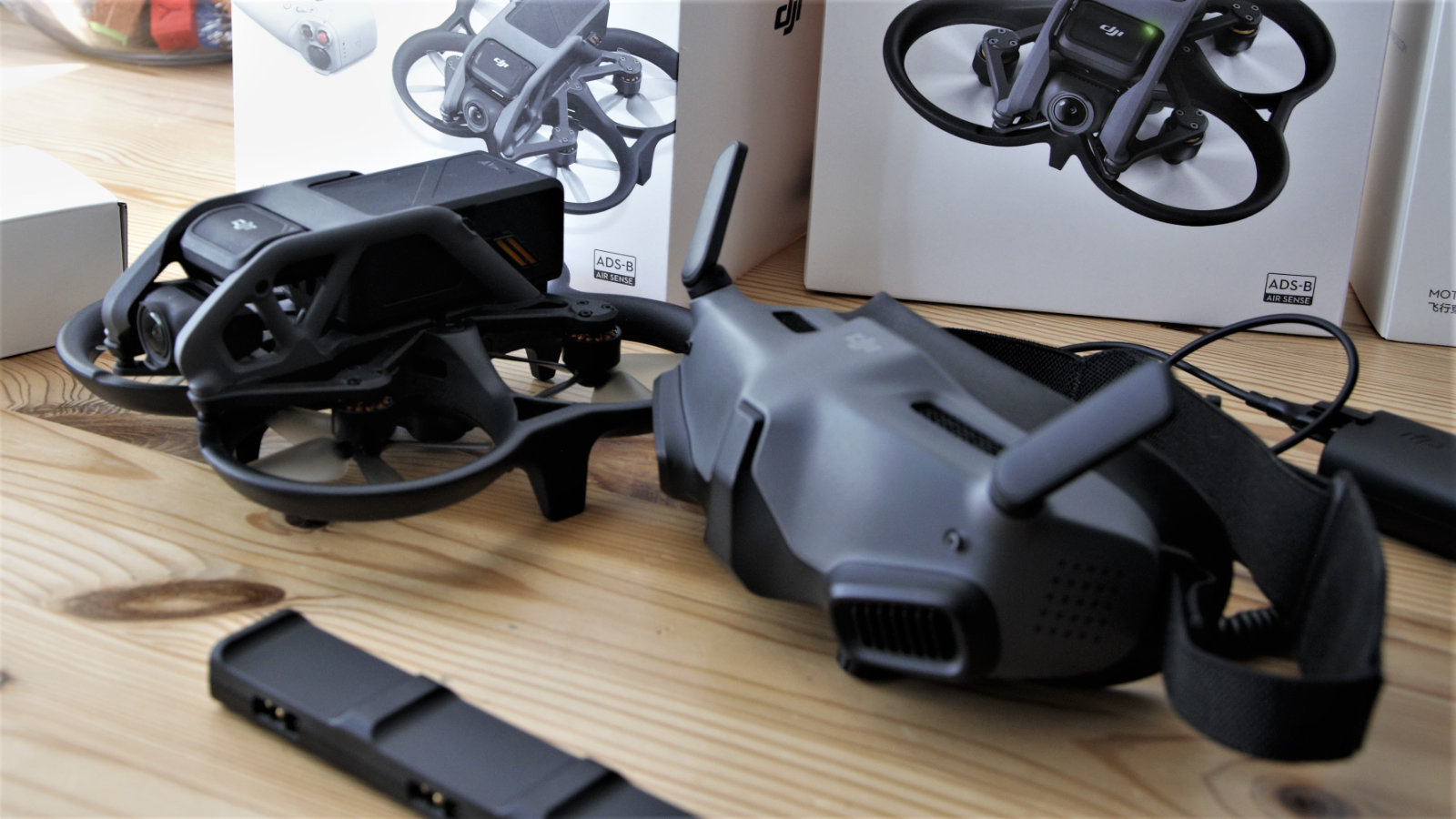
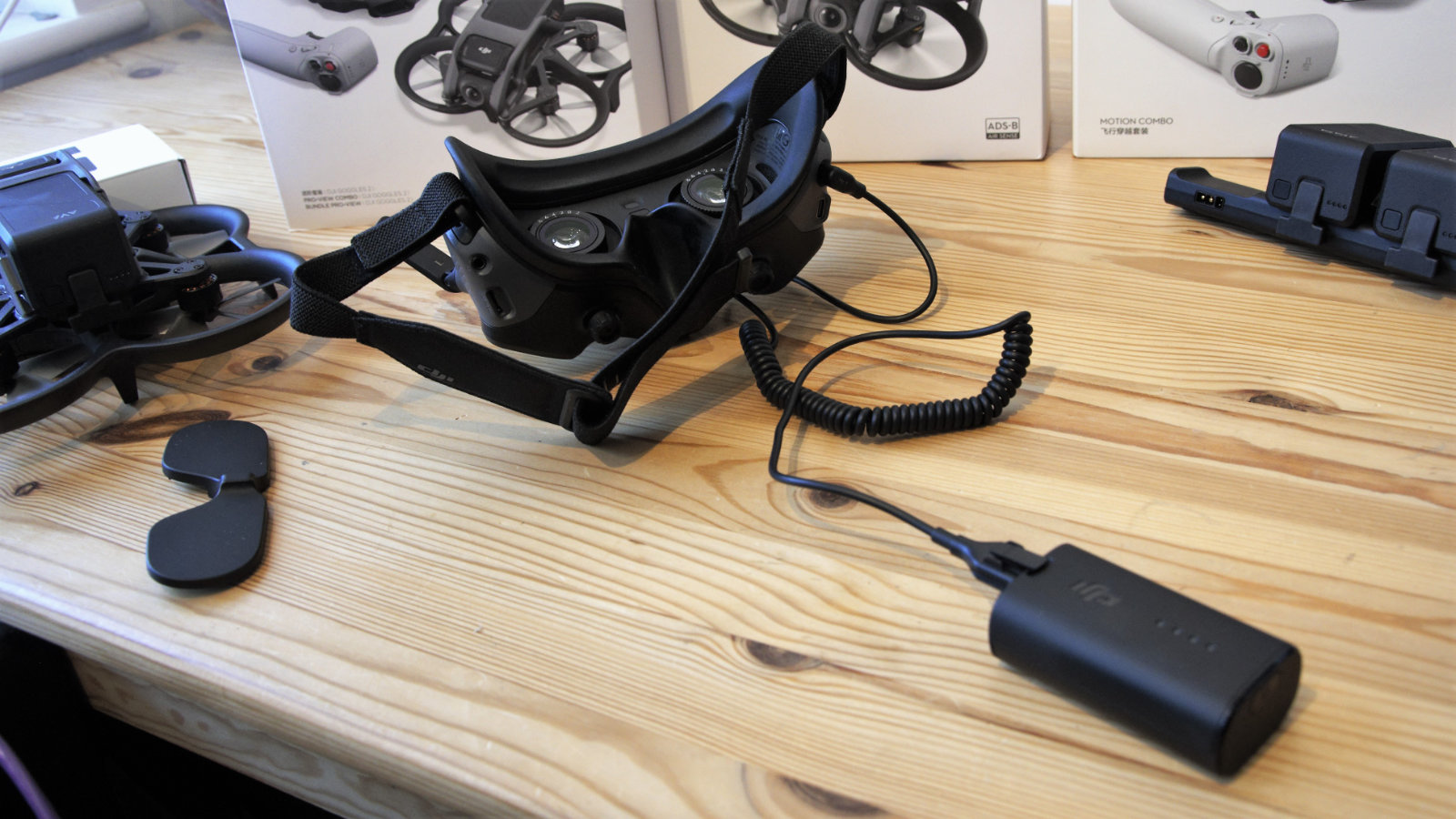
Initially, finding the location of this microSD card slot proved a challenge as it isn’t on the underside, top or rear. Eventually, we found it under a rubber cover inside one of the blade rings, making it remarkably awkward to access.
What genuinely concerns us is that should this cover come loose, due to the air pumped past it at high velocity, it will hit the spinning blade, possibly resulting in a catastrophic accident.
Also, unless you remove the blade in that ring, getting a USB cable attached is close to impossible, and that might be necessary to download the video stored inside the drone.
How such a poor placement made it through multiple engineering reviews when the Avata was designed is a mystery, but it’s easily the worst aspect of this new design.
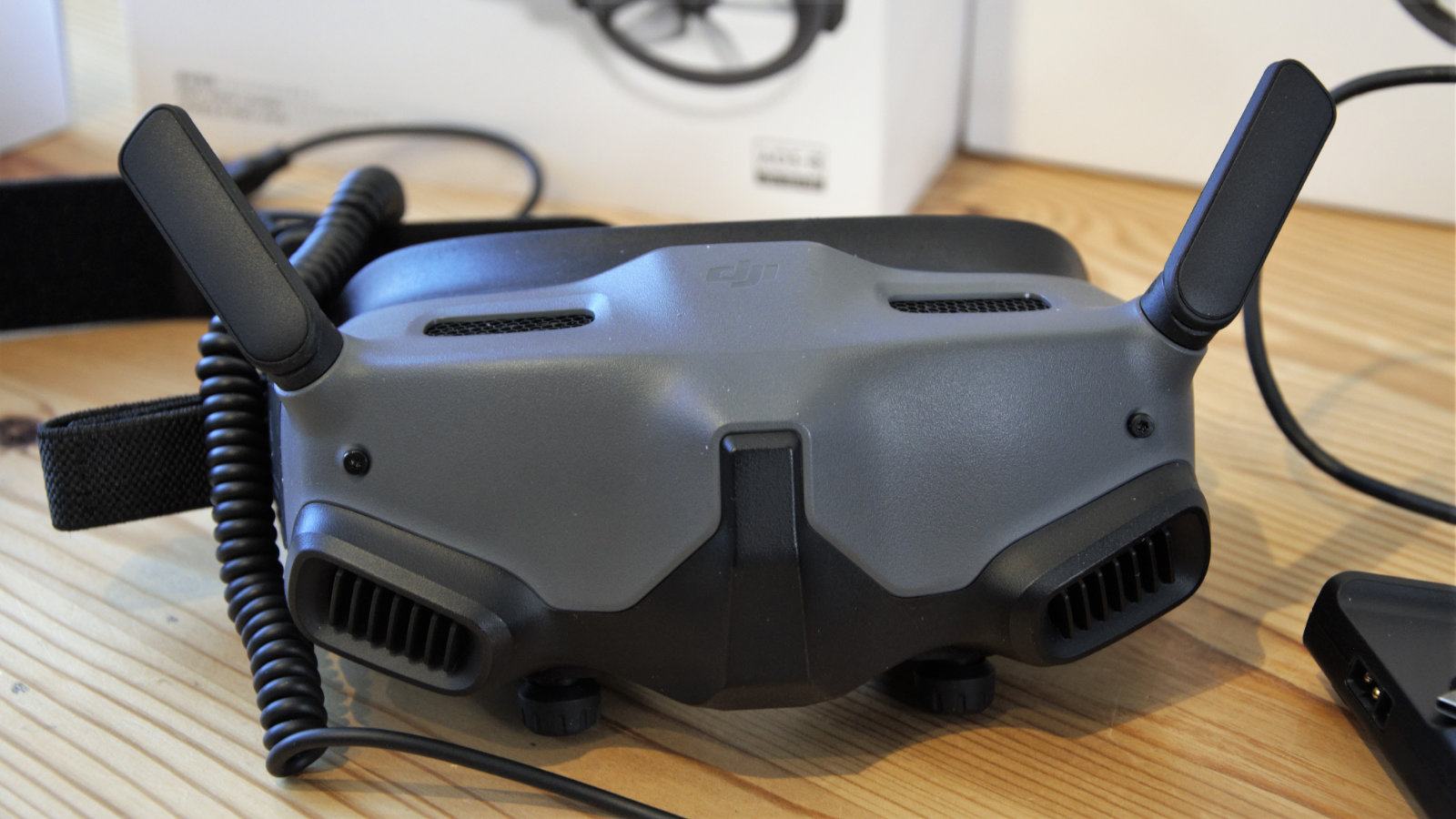
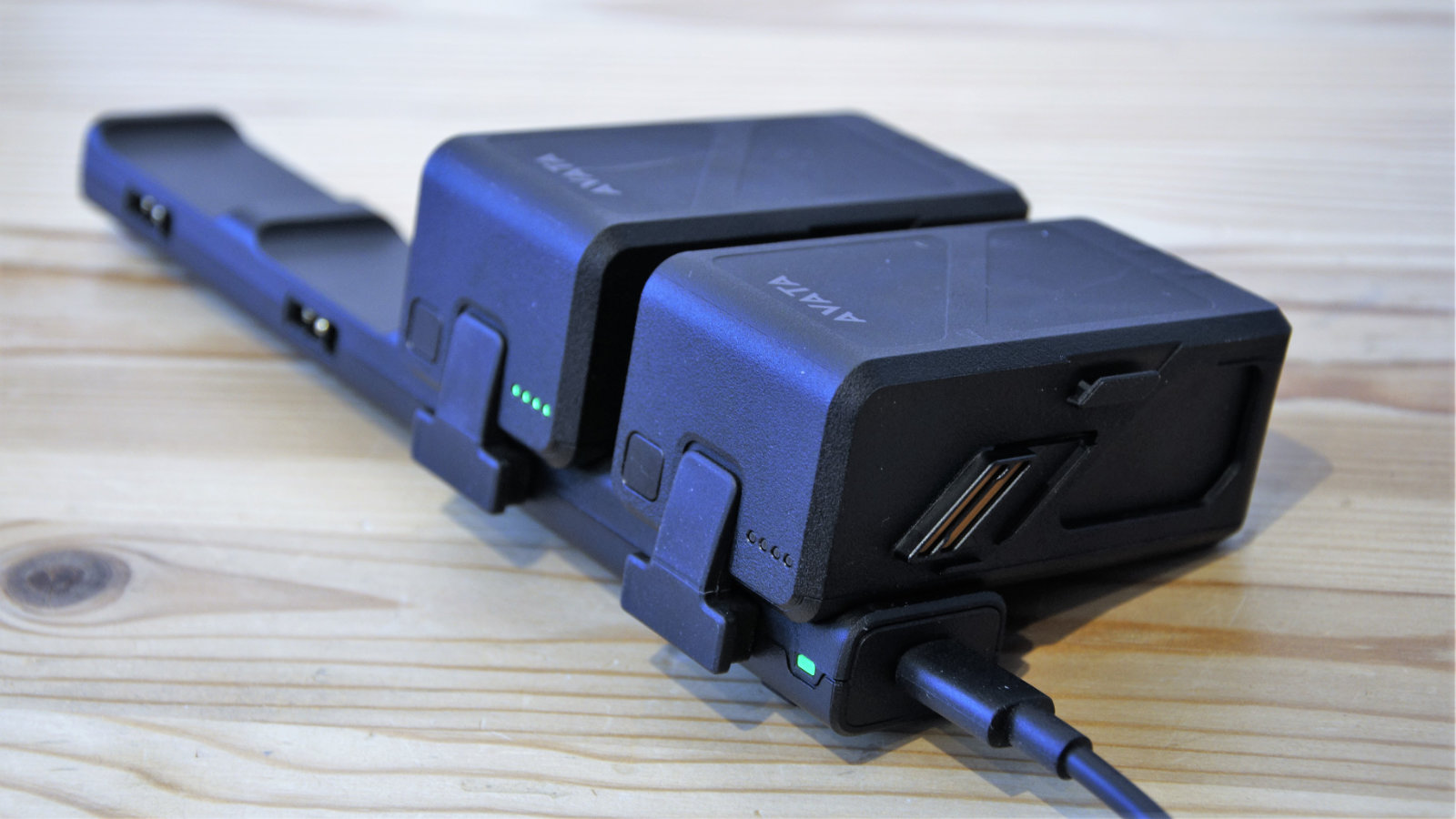
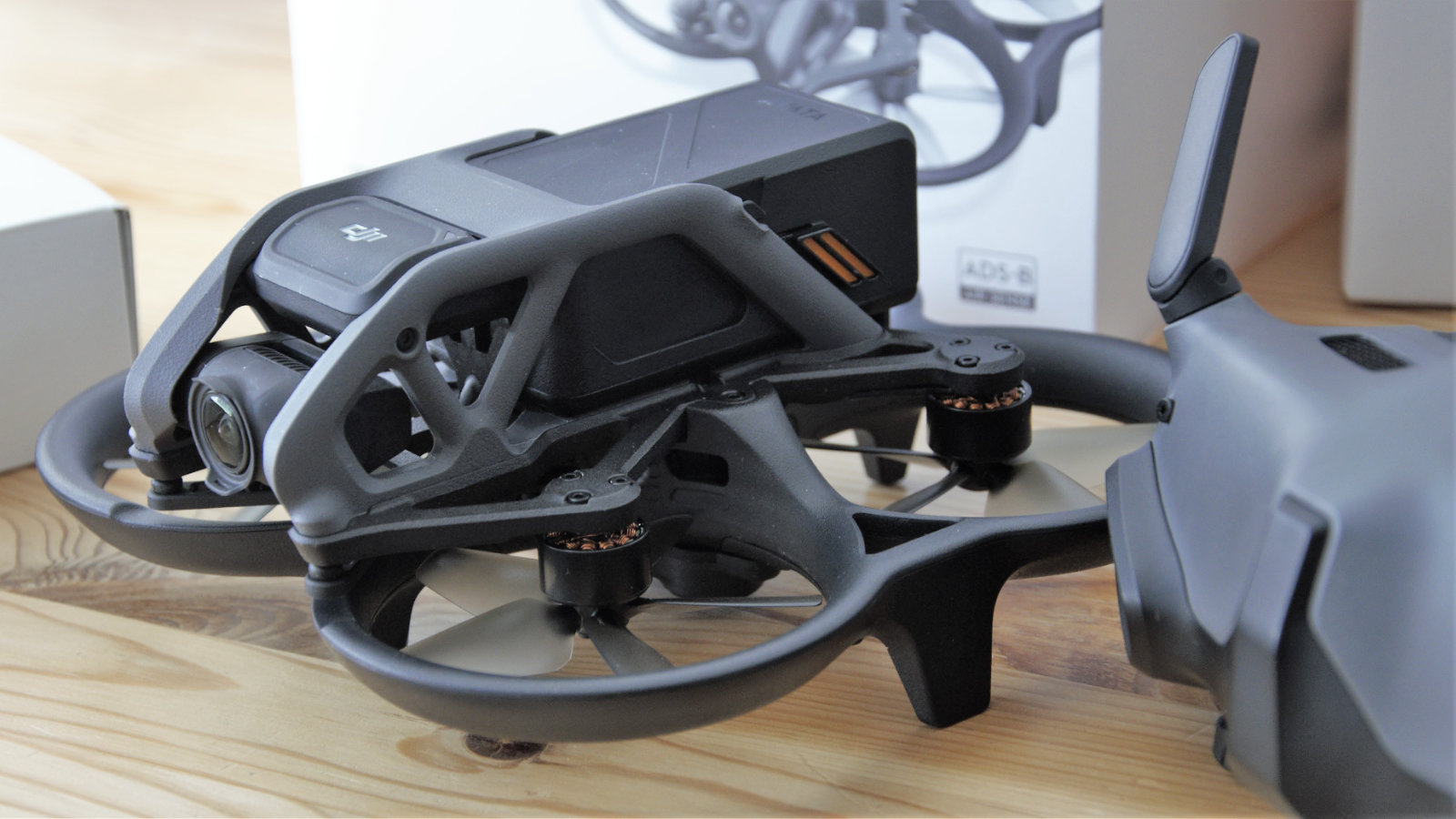
We’ll cover the controller in more detail in the next section, but the DJI Avata Pro View Combo comes with the DJI Motion Controller as the single means to control the Avata.
Previously available for the DJI FPV, this is a curious one-handed controller vaguely reminiscent of the slot-car racing controllers some may remember from their childhood.
It features a large trigger on the front for increasing speed and three thumb-operated buttons on top that includes the all-critical emergency stop button. Climbing and turning are all achieved by twisting the Motion Controller.
DJI is of the opinion that this is a much easier way to control an FPV drone than the DJI FPV Remote Controller it included with the FPV, but you can buy the DJI FPV Remote Controller 2 as an accessory to this drone if you prefer that type of controller.
- Design score: 4/5

Features and flight
- Goggles 2
- Flight envelope
- Motion controller limitations
FPV flying is almost entirely done with a headset, which DJI calls its Goggles, The new Goggles 2 is one option bundled with the Avata, but it will work with the older Goggles V2 also.
Why DJI called these the Goggles 2 when they already have a Goggles V2 is beyond us, but it seems destined to confuse DJI’s customers.
What’s slightly odd about the Goggles 2 is that, in most regards, they are superior to the Goggles V2, but not in every respect.
Where the Goggles 2 offers 1080p resolution Micro-LED panels for each eye, over the 810p resolution ones on the Goggles V2, the V2 did offer 120fps frame-rates, whereas the fastest on the Goggles 2 is 100fps.
Critically, the transmission bandwidth is still up to 50Mbps, so it’s a balance between resolution and framerate, with the new Goggles 2 going for resolution over frames-per-second.
The connection between the drone and the Goggles 2 is Ocusync O3+, the latest version of DJI’s transmission technology. Depending on what region you are flying, O3+ can provide a video and control link at up to 10km, or only 2km if you are based in Europe.
For those where the maximum range is legal, a word of warning. The total flight range of the Avata is only 11.6km, so any trips over 5km might end with the drone having insufficient battery life to return. Our experience is that you'd be lucky to get more than a few hundred meters, since the drone is designed to fly low or around trees, which can interfere with the signal.

The main difference between these Goggles and the ones you might use with a standard FPV are that DJI's ones have a cut-down version of the DJI Fly app, which means you can fly the drone without a mobile phone or tablet attached.
You can attach a phone using USB-C and use it to update firmware and manage the recordings that the Avata makes, but this isn’t necessary to fly or record video.
To control the limited interface, the Goggles 2 has a touchpad on the right-hand side that can be used to make adjustments to the controls, capture quality and other settings.
Being on the right makes it conveniently placed for right-handed flyers, but less elegant for left-handed. Though this bias also means that right-handed flyers using the motion controller in their right hand can’t easily adjust the settings while flying.
As humans don’t come with consistently-specced eyes, the Goggles 2 allows for both a degree of optical adjustment along with Interpupillary Distance changes.
The eyepieces can be between 56 and 72 mm apart, and dioptre adjustment ranges from -8.0 D to +2.0 D. What these controls don’t resolve, though, are vision impairments that are due to astigmatism. To fix those, DJI includes a couple of lens mountings you can send away to have your correct prescription made for them, taking account of even these vision problems.
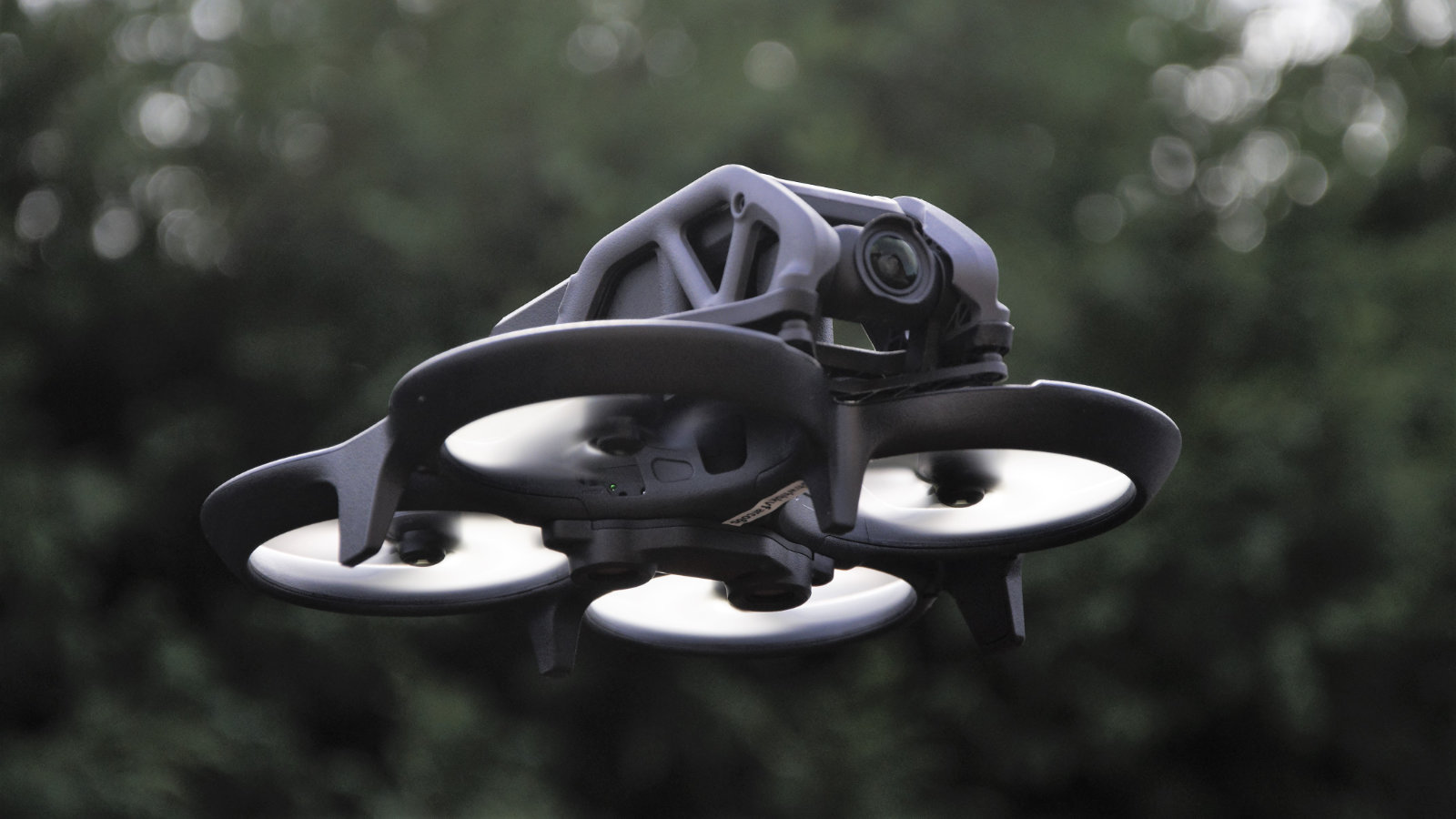
One slightly surprising feature if the DJI Avata is that it's substantially slower than its DJI FPV predecessor.
Where the FPV topped out at an impressive 87mph (140 kph) in 'Manual' mode, the Avata is limited to just 27m/s or 60mph (97.2 kph). The DJI FPV flew at this speed in 'Sport' mode, so the Avata is significantly slower.
That’s a big difference if you are interested in flying fast, though not necessarily a bad thing if you’re learning FPV flying.
Similarly, all the modes are a little slower than its predecessor, with 'Normal' mode only offering 8m/s and sport mode 14m/s. And, climbing is capped at just 6m/s irrespective of mode, where the FPV had no limit on climb rate in manual mode and 15m/s in Sport.
If we compare these numbers to the DJI Mavic 3, the Avata is a little faster, but not by a dramatic amount. The takeaway from these numbers is that the Avata is built more for fun and cinematography, rather than chasing racing cars or birds of prey.
The quoted flying time is 18 minutes hovering, and as FPV drones generally don’t hover much, expect a realistic flight time closer to 12 minutes. The Avata intelligent flight batteries each hold 2420 mAh and take about an hour to charge from depleted.
It’s worth noting that with the Avata, you will be doing plenty of charging, and not just drone batteries. The Goggles 2 needs to be charged and will last about 110 minutes on a battery that could be swapped if DJI offers spares.
The DJI Motion Controller operates for around five hours and takes 2.5 hours to recharge, and the DJI FPV Remote Controller 2 offers a battery life of nine hours and recharges in the same time. This means that deciding to spontaneously fly and then finding out that something needs charging could scupper your plans easily.
By default, the Avata comes with the DJI Motion Controller, which is a culture shock to anyone who has flown a drone using the typical dual-stick controller.
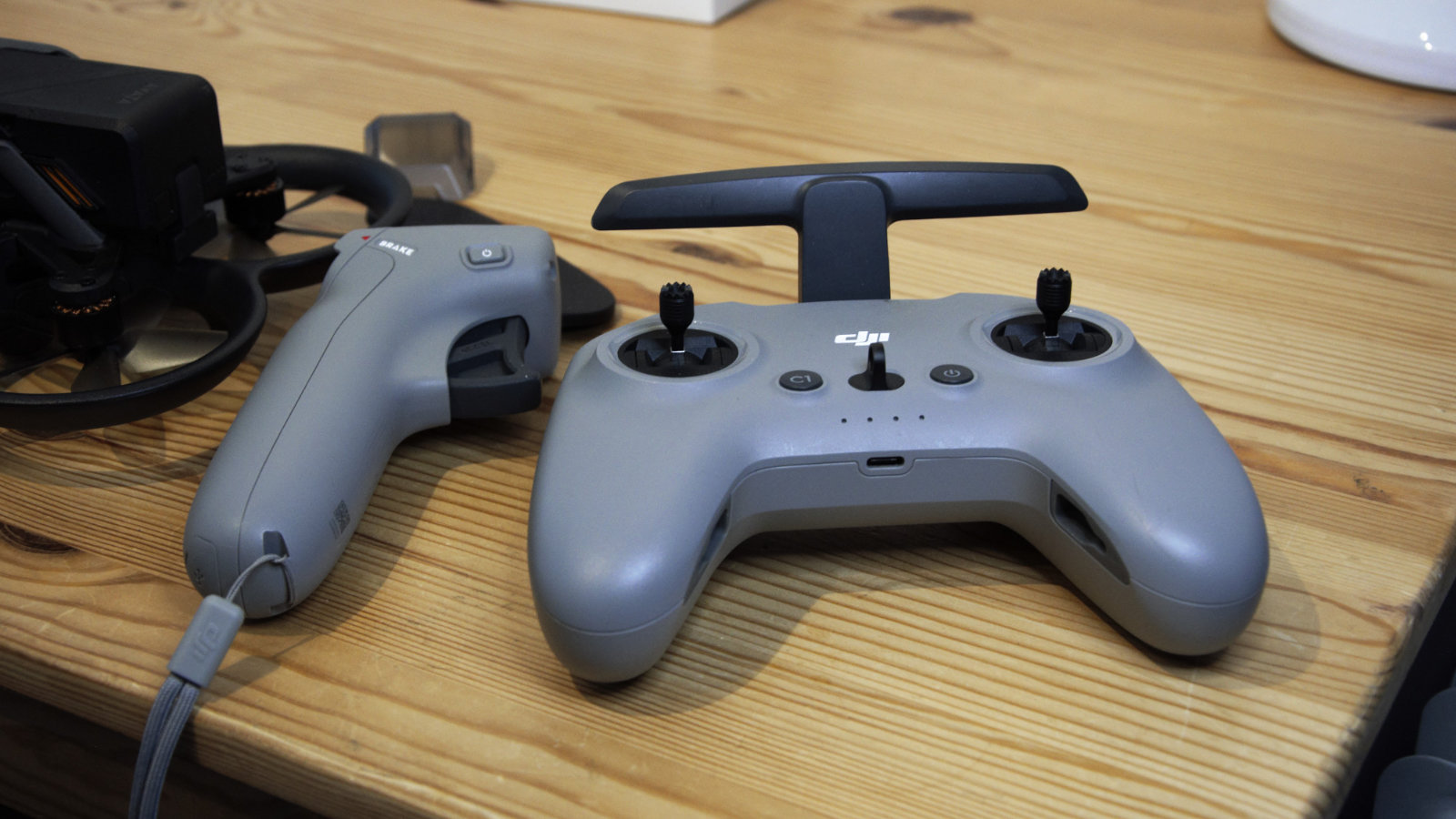
The thinking behind this controller is that it should provide a more intuitive way to fly the Avata, but that logic comes with a truck-load of caveats.
Using this controller, what you can’t do is transition vertically or fly backwards. To help with these limitations, it has specific buttons for takeoff and landing, but these don’t help if you need to turn the drone around in a tight space.
The basic concept is that the drone flies forward toward whatever you are pointing, and the big trigger on the front defines how quickly. If you want to climb, you tilt the controller so the drone can see upwards and apply some power, and the same for descending.
If things get awkward, and they can, the large button on top is the stop, and within reason, it can bring the drone into a hover quickly. An added bonus of the brake button is that it allows you to reset the tilt of the motion controller, enabling you to turn 180 degrees without actually fully rotating it in the opposite direction.
This is a little clunky and the Motion Controller isn’t suitable for flying through a building or tight spaces. It’s fun in big open spaces where the Avata can achieve a distinct aircraft style of flying, but it’s awkward if you are in restricted airspace.
It’s telling that the Motion Controller will allow the drone to shift from Normal to Sport flight mode, but it doesn’t support Manual mode as it would be a perfect recipe for crashing.
Using the DJI FPV Remote Controller 2, as we did on many of our flights, is more intuitive for experienced drone pilots. When combined with the excellent view provided by the Goggles 2 and the agility of the Avata, it provided for easy precision flying and a high degree of exhilaration as we cruised low to the ground or between tree tops. In short, flying the Avata is a blast.
- Feature score: 4/5
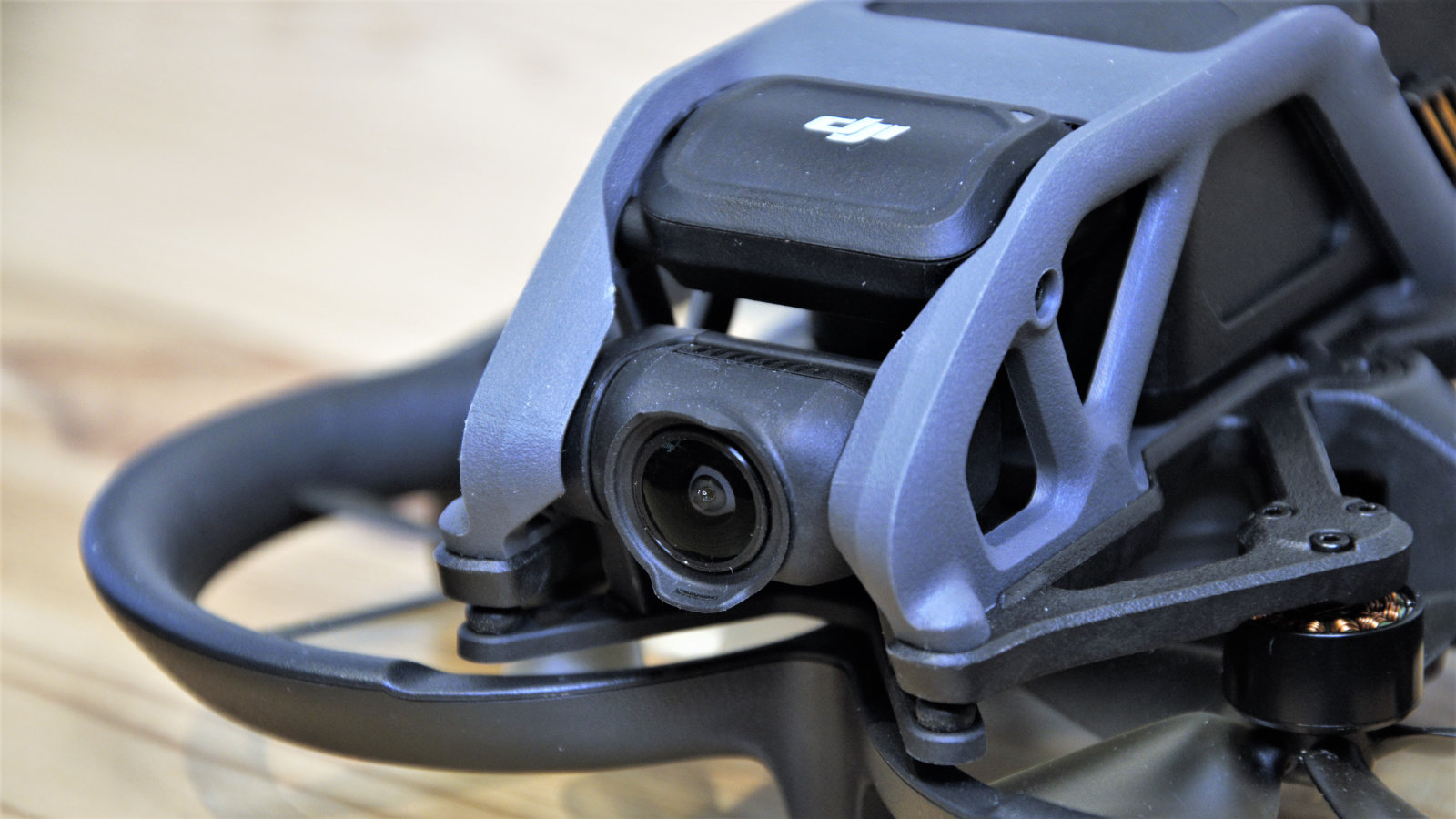
Video and photo quality
- 1/1.7 inch CMOS sensor
- Up to 120fps @2.7k
- 4K D-Cinelike capture
If FPV flyers want the highest quality video, they usually strap an action camera to their machines, making them even more challenging to fly.
That’s not necessary with the Avata since the piloting camera is more than good enough to capture up to 4K video at 60fps or higher frame rates at 2.7K or 1080p.
The sensor here is a significant upgrade over what came before with a 1/1.7in sensor compared to the 1/2.3in on the DJI FPV. The use of inches is somewhat confusing for sensor sizes, but the Avata camera has almost 64% more surface area to capture light, with a 43mm-squared area compared to 28.46mm-squared.
This not only allows for greater sensitivity in lower light conditions but also provides greater dynamic range when grading the footage in post-production.
With the camera in ‘Auto’ mode, it operates in an ISO range of 100-6400, but manual settings allow it to be set as high as 25600 ISO for capturing nighttime scenes.
Where the DJI FPV sensor had only 12MP resolution, the new sensor has 48MP. However, we suspect it has a similar number multiplied by the clever use of oversampling filters rather than having 48MP sensor elements. This enhancement makes for crisper video and much cleaner still images.
Often the size of the sensor is overkill for video capture, and only a small portion of it is used to achieve the maximum 4K resolution. What DJI did with the Avata is use some of that extra additional capture to add a new feature, HorizonSteady.
Like the DJI FPV, the Avata has the same RockSteady smoothing technology as before, but DJI has added HorizonSteady, which creates stable footage without the banking of the drone visible in the footage.
This feature was handy on one of our flying days when the wind was gusty. Without HorizonSteady active, the video was at a severe angle even when flying in a straight line. Both these features can be disabled, but for serious cinematographers aiming to save time in post-production, they’re invaluable.
When in a hover, the drone can be heavily angled over to remain in position, and the lack of any gimbal axis (other than looking down) is a limitation when trying to take photos. If that's an issue, then maybe you need a camera drone like the DJI Mini 3 Pro, rather than one designed for FPV.
Another useful feature is that the Avata has 20GB of internal storage, so forgetting to bring storage isn’t a catastrophe. You can set this space to be used even if you do insert a microSD card to provide some resilience against a card error ruining your best shot.
Alongside those sources, the view from the Goggles can also be captured with a microSD card inserted into them. This footage is in 1080p and has all the data overlays on, which might be critical for anyone trying to work out why a crash happened or what speed the drone was traveling at a given point.
- Video score: 4/5
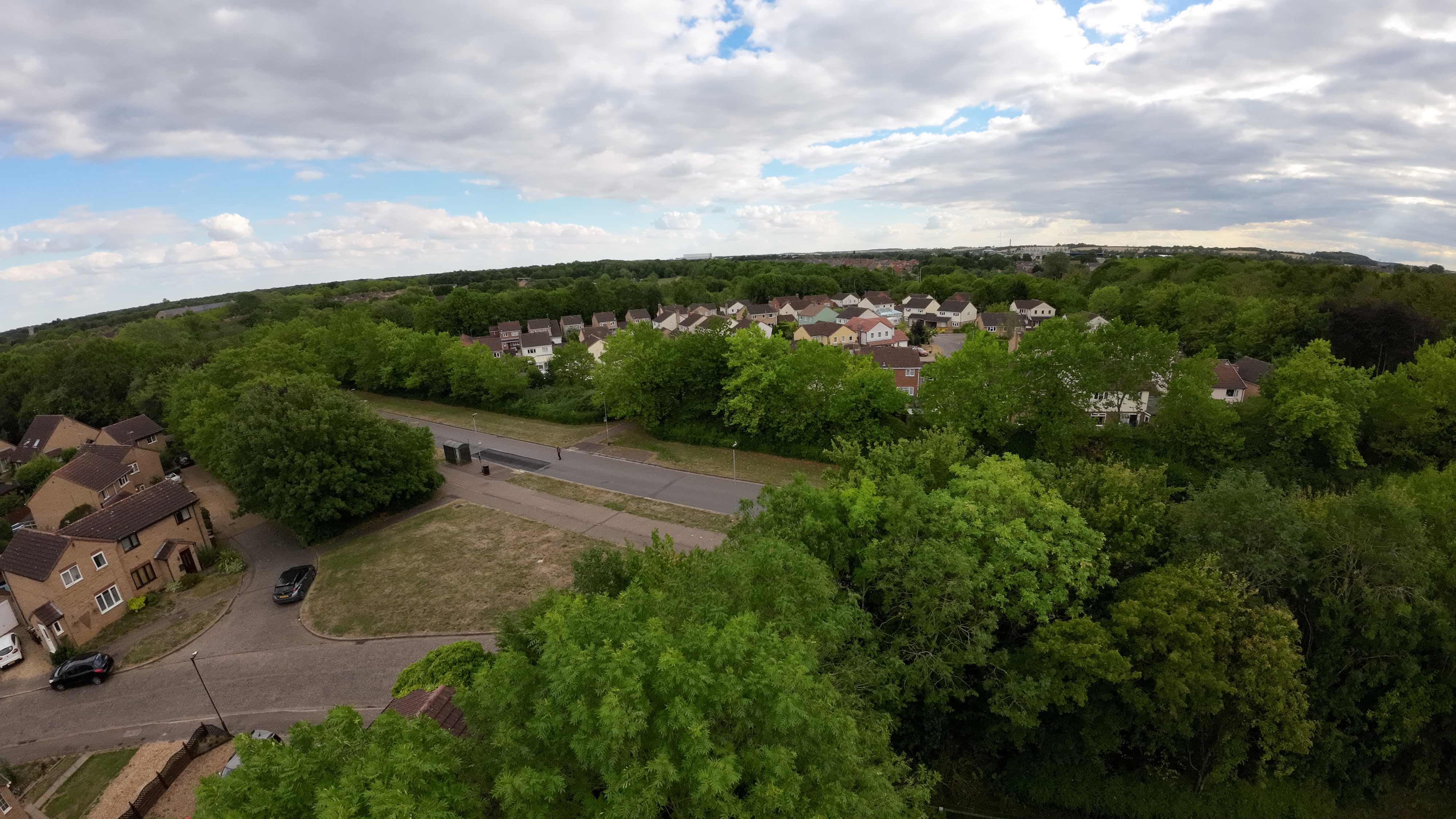
Should I buy the DJI Avata?

Buy it if...
Don't buy it if...
Also consider...
If our DJI Avata review has you considering other options, here are two more drones to consider...
Testing scorecard
| Attributes | Notes | Rating |
|---|---|---|
| Price | More expensive than the DJI FPV | 3.5/5 |
| Design | Enclosed blades reduce the chance of breaking them and keeps the drone flying | 4/5 |
| Flight | Agile and decent battery life but the Motion Controller is limiting | 4/5 |
| Video | Excellent quality, but not Mavic 3 Pro good | 4/5 |
0 comments:
Post a Comment